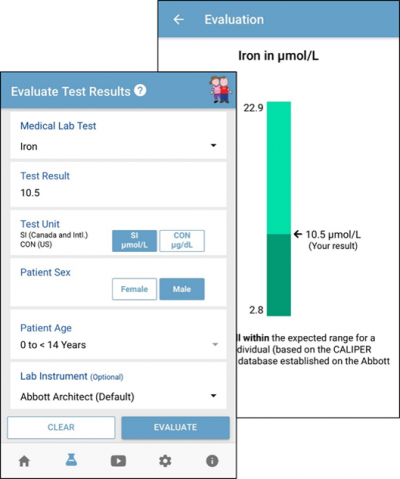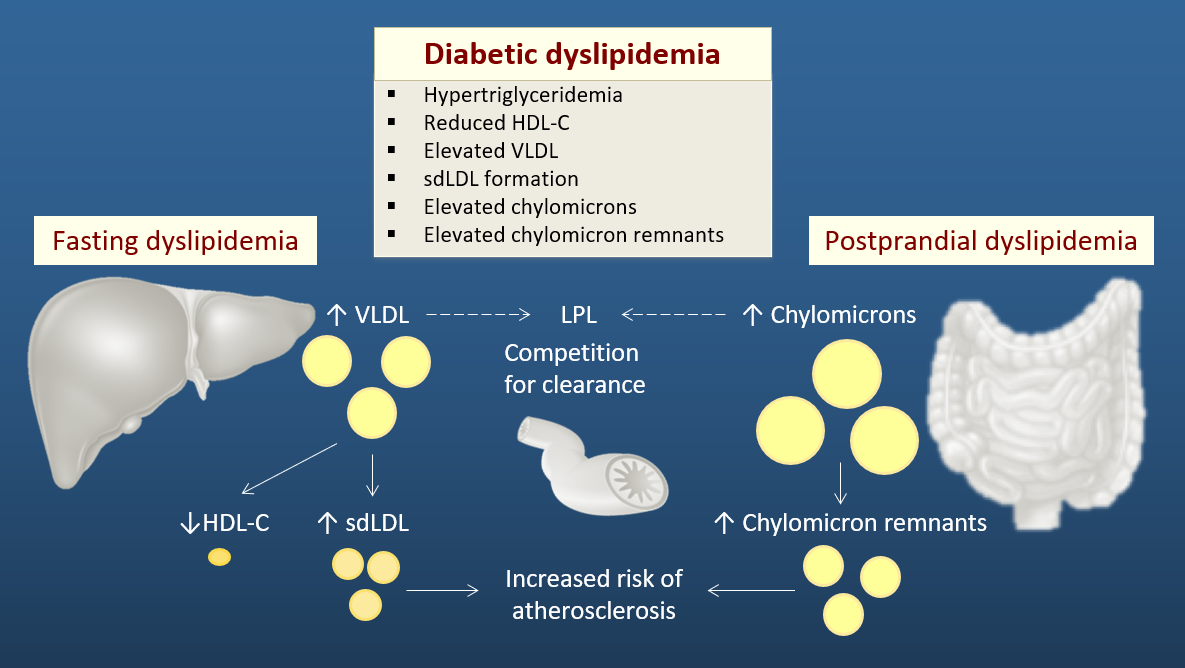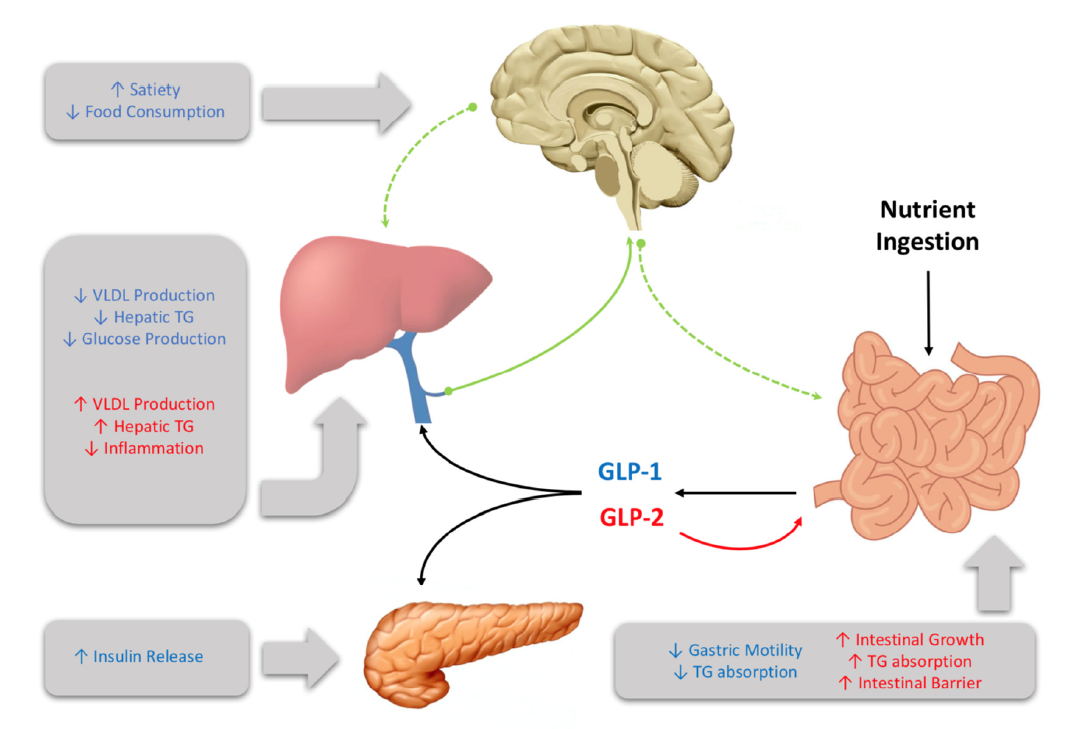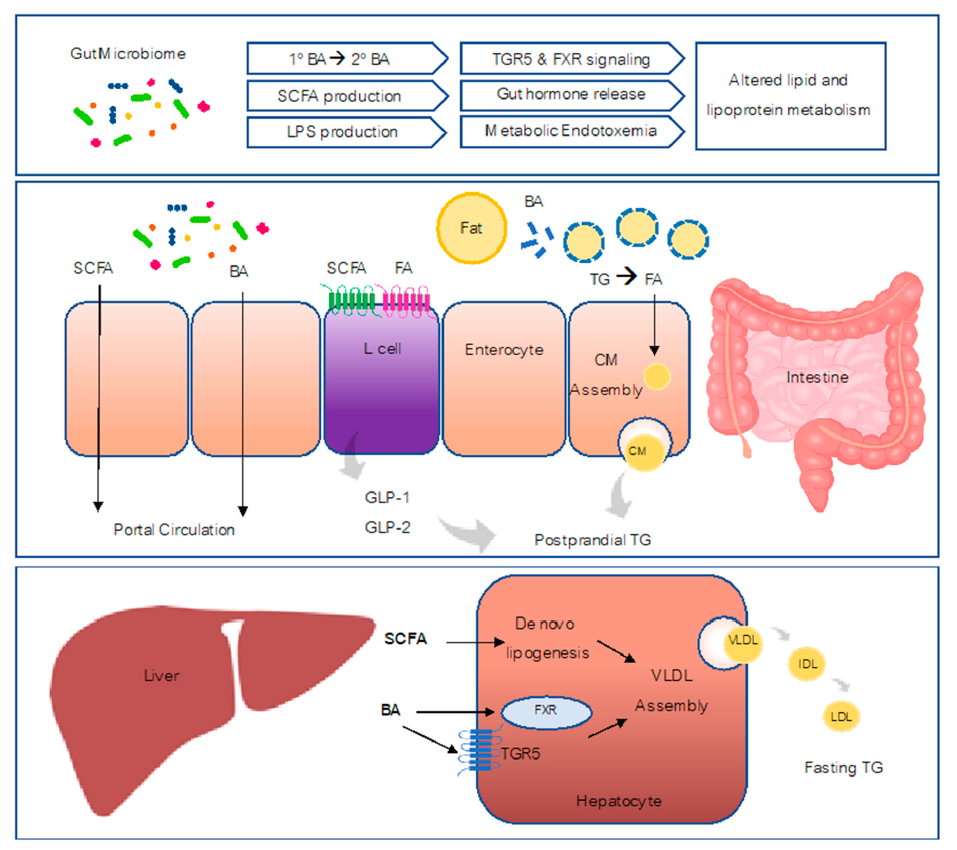Research
Fundamental Research
Insulin-resistant states, such as obesity, metabolic syndrome, and type 2 diabetes, have become a global epidemic in both children and adults. They represent major risk factors for atherosclerotic cardiovascular disease, largely due to lipid and lipoprotein abnormalities. The key mechanism underlying this metabolic dyslipidemia is hepatic and intestinal overproduction of atherogenic lipoproteins. The focus of our basic research program is to understand the cellular, molecular, and physiological regulation of intestinal chylomicron and hepatic lipoprotein production in normal and insulin resistant states.
The Adeli Lab was first to demonstrate hepatic and intestinal lipoprotein overproduction and the novel role of gut hormones (GLP-1 and GLP-2) in an insulin resistant hamster model. These observations have now been confirmed in humans. Most recently, we have discovered and reported a complex gut-brain-liver axis (via vagal and CNS receptors) that is triggered upon fat ingestion to modulate lipid and lipoprotein metabolism in healthy and diabetic states.
Our current fundamental research activities:
Clinical Research
Dr. Adeli has been leading a national initiative to establish a comprehensive database of reference or “normal” ranges for medical laboratory tests in children and teens. Since 2009, the Canadian Laboratory Initiative on Pediatric Reference Intervals (CALIPER) has developed up-to-date reference intervals for hundreds of biomarkers on multiple analytical platforms, with the aim to facilitate interpretation of medical test results and improve the accuracy of medical decision-making in paediatric patients. The CALIPER database can be accessed online or via our mobile app available on the App Store or Google Play Store. As the CALIPER program grows and develops, the database is updated with new tests. In addition to new tests, the CALIPER program continues to investigate the influence of age, sex, ethnicity, body mass index (BMI), and other factors on biomarker levels.
Our current clinical research activities:
To learn more about the CALIPER program and our ongoing research, please visit the CALIPER website, Facebook, or Twitter.


Funding

















